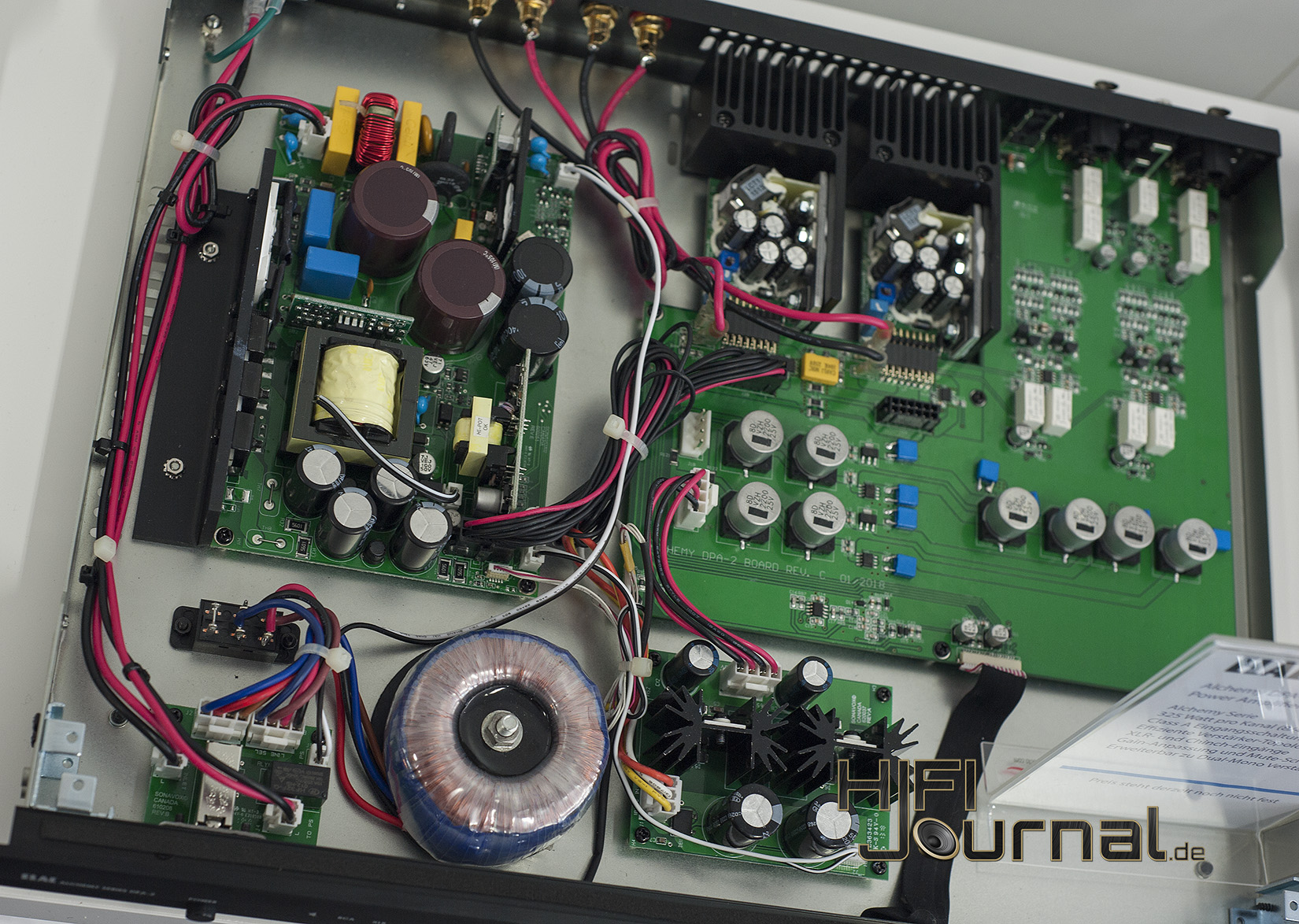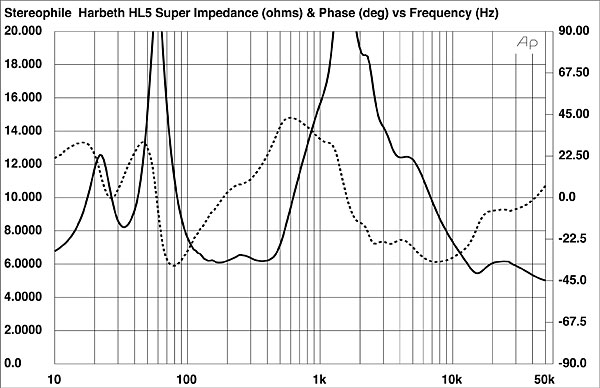My amp is a 1990s Adcom 5802, and it drives Harbeth SHL5+ (AE) speakers. I love the sound as it is now, however, I am a little worried about age-related problems in the amp damaging my speakers, and I would like to
a) get something that runs much cooler, as I now live in a Manhattan apartment and..summer.
b) investigate Class D and/or the minute differences between well-designed amps by trying a less-expensive amp against this beast
So, what amp would be best to purchase and try against the Adcom (blind, if I can recruit someone to help)?
Some requirements:
-150 watts/channel into 8 ohms minimum
-balanced interconnects
-I want to be able to return it, of course
-stable company with some quality control, to protect my speakers
I was thinking ELAC DPA-2.
a) get something that runs much cooler, as I now live in a Manhattan apartment and..summer.
b) investigate Class D and/or the minute differences between well-designed amps by trying a less-expensive amp against this beast
So, what amp would be best to purchase and try against the Adcom (blind, if I can recruit someone to help)?
Some requirements:
-150 watts/channel into 8 ohms minimum
-balanced interconnects
-I want to be able to return it, of course
-stable company with some quality control, to protect my speakers
I was thinking ELAC DPA-2.



